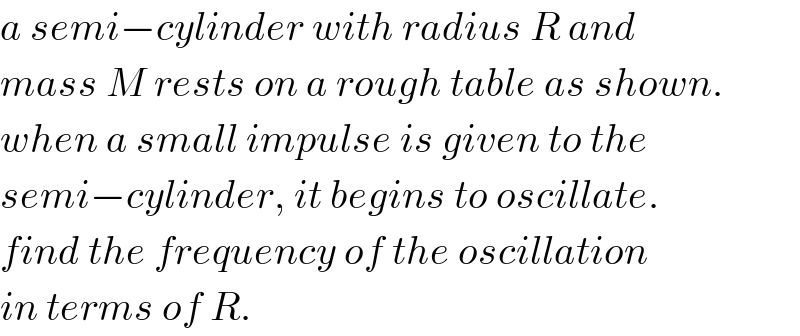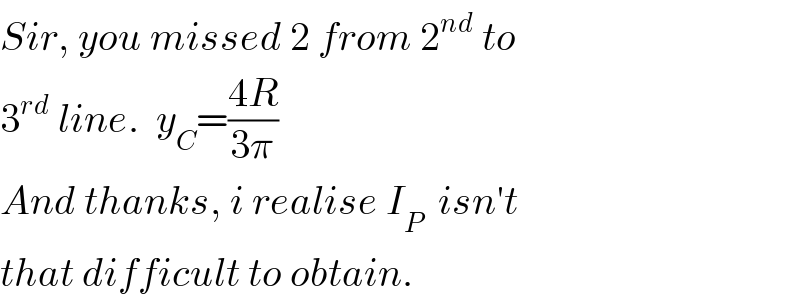
Question and Answers Forum
Question Number 70543 by mr W last updated on 05/Oct/19

Commented by mr W last updated on 05/Oct/19

Commented by ajfour last updated on 06/Oct/19

Commented by mr W last updated on 06/Oct/19

Commented by mr W last updated on 06/Oct/19

Commented by ajfour last updated on 06/Oct/19

Commented by mr W last updated on 06/Oct/19

